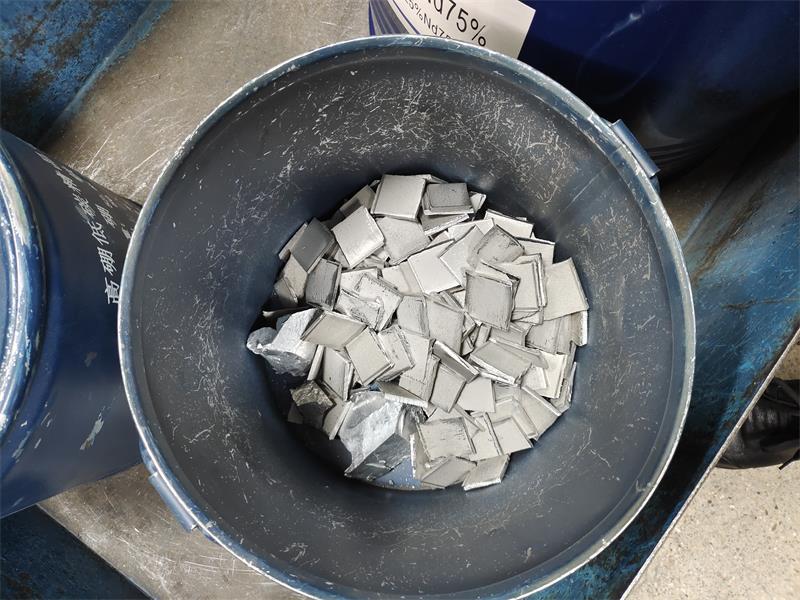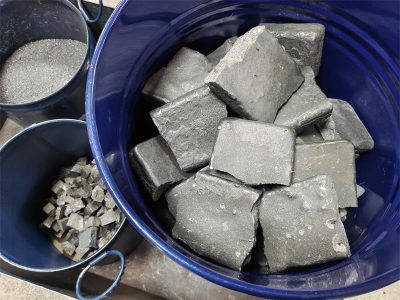The main raw materials of NdFeb permanent magnets are rare earth metal neodymium (Nd) 32%, metallic element iron (Fe) 64% and non-metallic element boron (B) 1% (a small amount of added dysprosium (Dy), terbium (Tb), cobalt (Co), niobium (Nb), gallium (Ga), aluminum (Al), copper (Cu) and other elements). Ndfeb ternary permanent magnet material is based on Nd2Fe14B compound as the matrix, its composition should be similar to the compound Nd2Fe14B molecular formula. However, when the composition of Nd2Fe14B is completely matched, the magnetic property of the magnet is very low, or even no magnetic. Only the content of neodymium and boron in the actual magnet is more than that of Nd2Fe14B compound can obtain better permanent magnet performance.

The main purpose of the use of heavy rare earth in magnetic steel is to improve the coercivity of magnetic steel in order to improve the high temperature magnetism of Ndfeb permanent magnet. The principle is that heavy rare earth (HRE) elements, such as Dy and Tb, replace Nd in the 2: 14: 1 phase to form a higher magnetic anisotropic (HRE, Nd)2Fe14B phase (HRE = Dy, Tb).
Later, people studied the coercive mechanism of NdFeb permanent magnet, found that the magnetizing domain first formed on the grain surface, so the grain surface is the weakest link in the magnet, improving the anisotropic field of the grain surface can delay the formation of the magnetizing domain, so as to improve the coercive force of the entire magnet, based on the principle of grain boundary diffusion technology, after sintering, The use of heavy rare earth elements Tb, Dy elemental or compound as a diffuser, through diffusion heat treatment to make the heavy rare earth from the surface of the magnet along the grain boundary into the interior of the magnet, distributed in the grain boundary and grain surface to improve the coercivity of Ndfeb magnets. Therefore, the grain boundary diffusion technology method is to form a heavy rare earth layer on the grain surface, which is more material saving than adding heavy rare earth directly in the melting stage, and the effect of improving the coercivity is the same.

